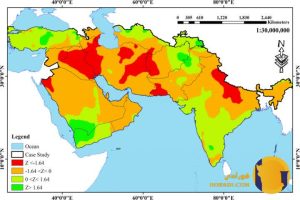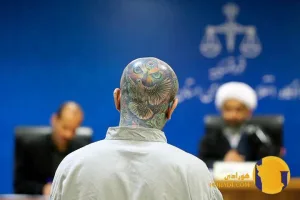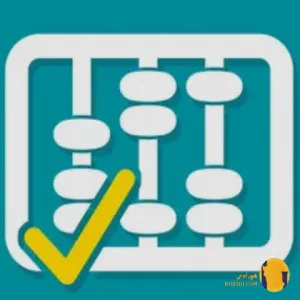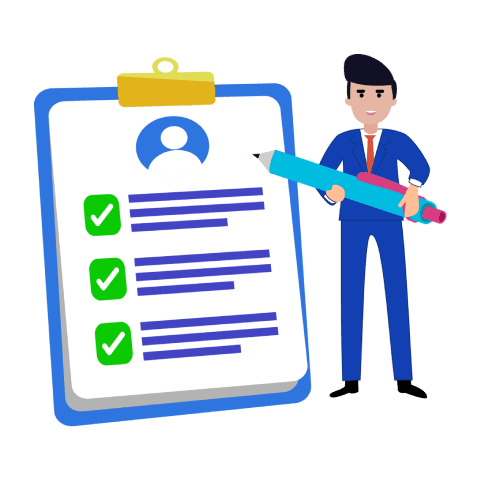
AI in Education 2025: Transforming Learning Worldwide
In 2025, artificial intelligence (AI) is no longer an experimental tool in the classroom—it is a cornerstone of global education systems. From personalized learning platforms to AI-driven assessments, technology is reshaping how students learn, how teachers teach, and how institutions operate. This article explores the latest AI education trends, innovations, and challenges, based on new reports from UNESCO, OECD, and leading tech research bodies. AI in Education 2025: Transforming Learning Worldwide
AI’s Role in the 2025 Education Landscape
Personalized Learning at Scale
AI platforms now offer real-time, adaptive learning tailored to each student’s abilities, pace, and preferences. Systems like SmartTutor 5.0 adjust lesson difficulty dynamically, ensuring that advanced learners are challenged while struggling students receive targeted support.
24/7 Virtual Tutors
AI-powered virtual assistants are available around the clock, answering questions, explaining concepts, and even conducting practice tests. UNESCO reports that over 40% of high school students worldwide now use AI tutors for at least two hours a day.
Multilingual Accessibility
With advanced neural translation, AI can instantly render lessons into dozens of languages while preserving context and tone. This is helping close education gaps for migrant, refugee, and rural populations.
Key Innovations in 2025
AI-Generated Learning Content
Teachers increasingly rely on AI to create interactive simulations, gamified exercises, and personalized quizzes. Platforms like EduAI Creator allow educators to generate entire lesson plans aligned with national curricula in minutes.
Emotion Recognition for Engagement
Some classrooms now use AI-driven cameras and sensors to track student engagement through facial expressions, posture, and eye movement—helping teachers adjust lesson delivery in real time.
VR and AI Integration
Virtual reality (VR) paired with AI has enabled immersive learning environments—from virtual science labs to historical simulations—where AI guides students through tasks and evaluates their understanding.
Impact on Teachers and Education Systems
Teacher Empowerment
Contrary to fears of replacement, AI has evolved into a teacher’s assistant—handling grading, administrative tasks, and lesson adaptation so educators can focus on mentorship and creativity.
Data-Driven Decision Making
AI analytics now inform school policies, resource allocation, and curriculum updates. By 2025, 70% of OECD countries use AI dashboards to monitor student performance trends nationwide.
Global Education Equity
UNESCO’s “AI for All” program provides free AI-powered learning hubs in underserved areas, helping bridge the digital divide between high-income and low-income countries.
Challenges and Risks
Privacy Concerns
The massive data collected by AI platforms—ranging from academic performance to emotional states—raises serious privacy questions. The EU’s Education Data Protection Act (EDPA) mandates strict controls on how such information is stored and used.
Bias in AI Algorithms
Even in 2025, AI systems can reflect cultural and socioeconomic biases present in their training data, risking unfair grading or unequal access to learning opportunities.
Overreliance on Technology
Educators warn that excessive dependence on AI tools may reduce critical thinking and human interaction, essential skills for holistic development.
Case Studies
Finland’s National AI Curriculum
Finland has integrated AI across all subjects from grade three onward, blending human-led instruction with adaptive AI tools. Early results show a 15% increase in STEM subject performance and improved student engagement.
India’s Rural AI Classrooms
In partnership with global NGOs, India has deployed solar-powered AI learning pods in rural villages, delivering personalized lessons in multiple regional languages without needing constant internet access.
United States Hybrid Learning Models
Many U.S. states have adopted a hybrid AI-human teaching model where AI handles foundational instruction, and teachers lead collaborative problem-solving sessions.
Future Outlook
By 2030, analysts predict that 90% of students worldwide will engage with AI-powered learning tools daily. The coming years will likely see
- More immersive AI + AR/VR classrooms
- AI-driven career guidance systems
- Fully automated language learning without human instructors
- Cross-border AI education exchange programs
Conclusion A New Era of Learning
The AI revolution in education is not about replacing teachers or diminishing human learning—it’s about enhancing and personalizing the educational experience for billions of students. In 2025, AI stands as both a challenge and an opportunity a tool that can democratize education while demanding thoughtful regulation and ethical oversight.
If harnessed responsibly, AI could make quality education a universal right rather than a privilege, empowering the next generation to solve the complex problems of tomorrow.








































